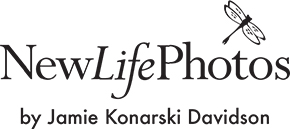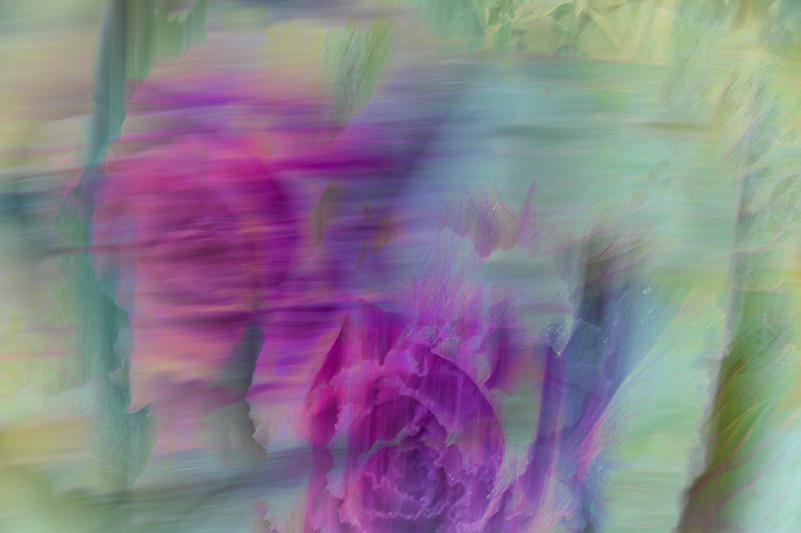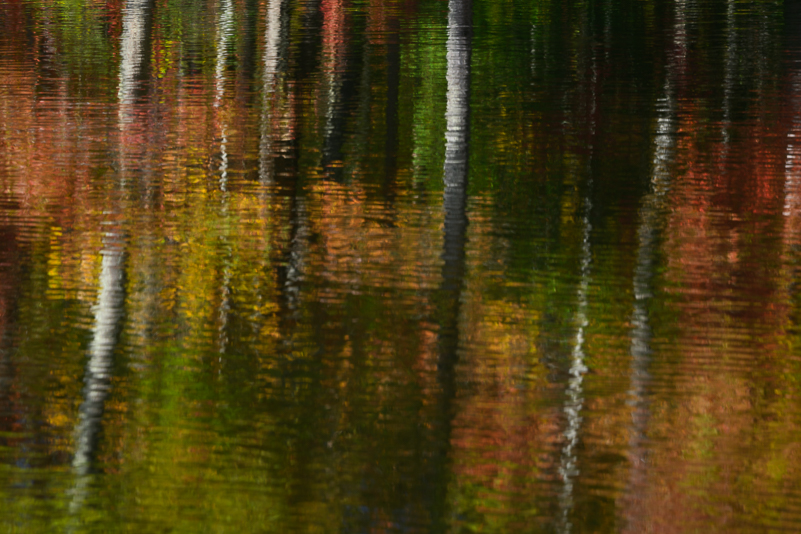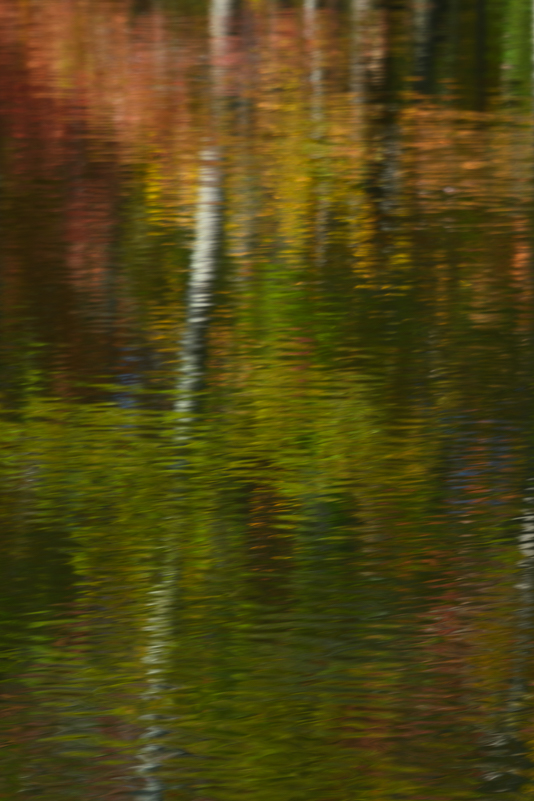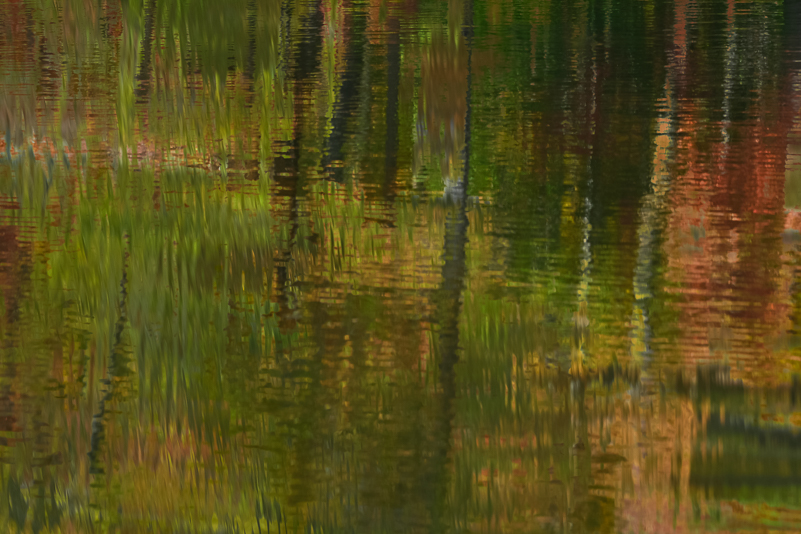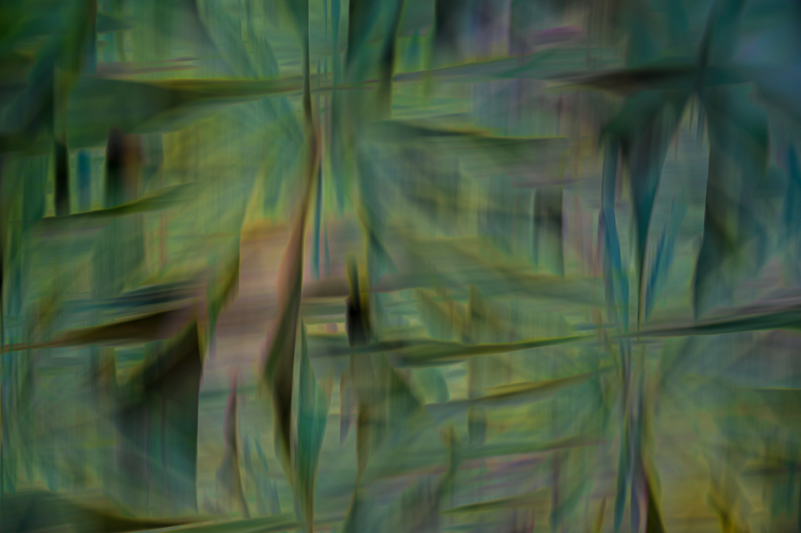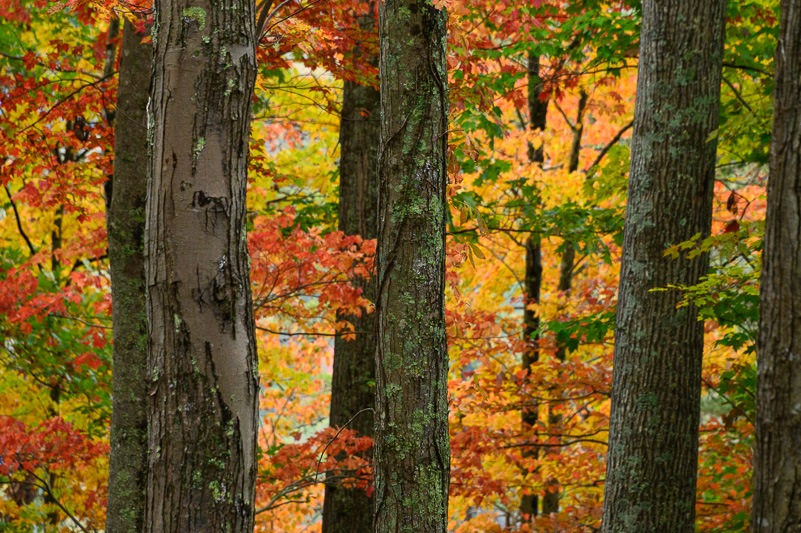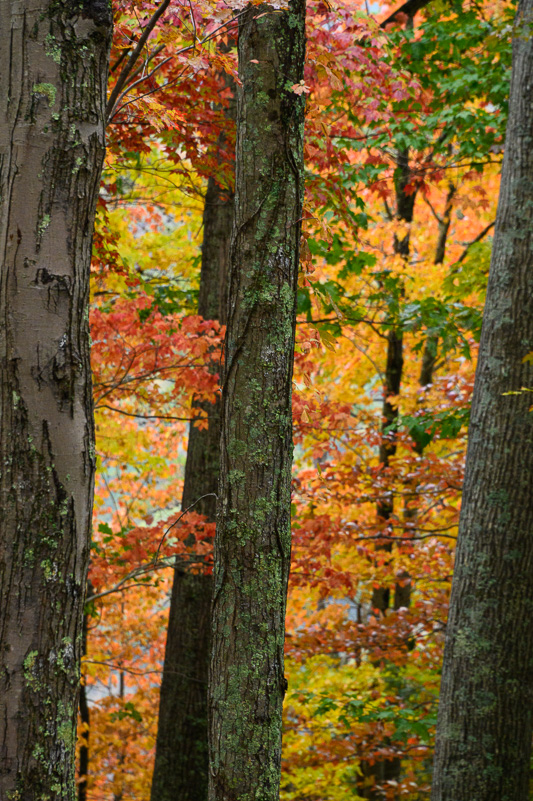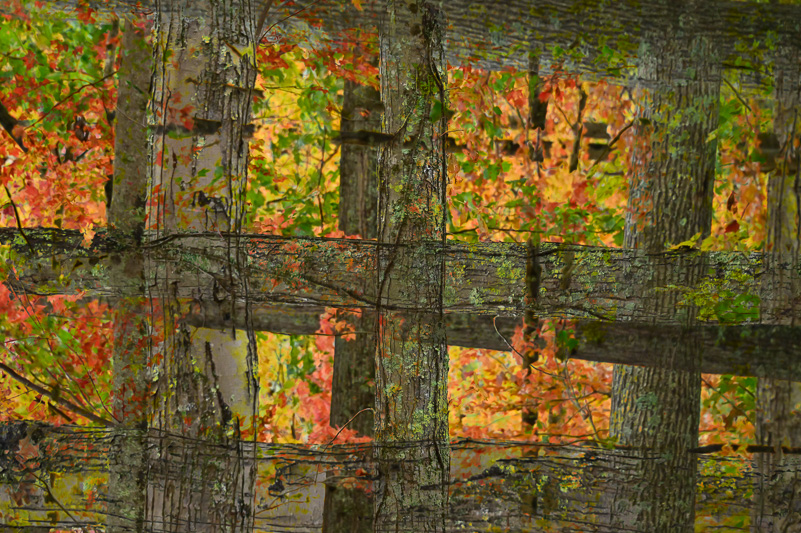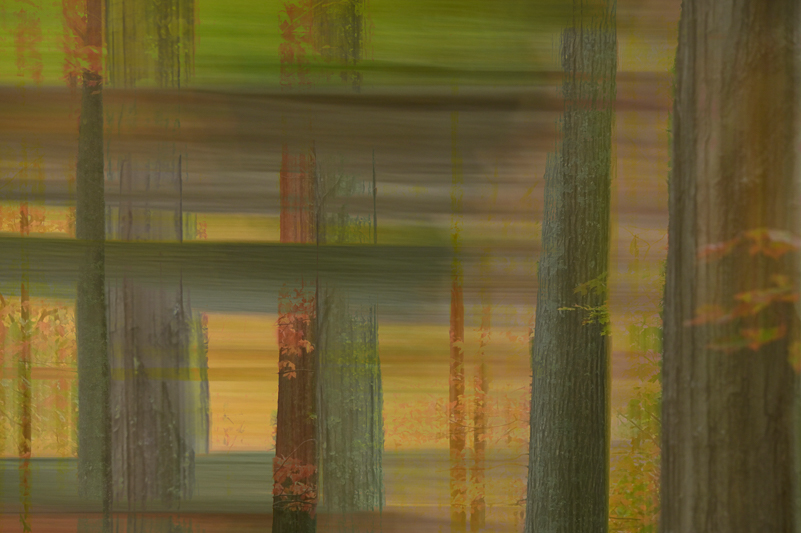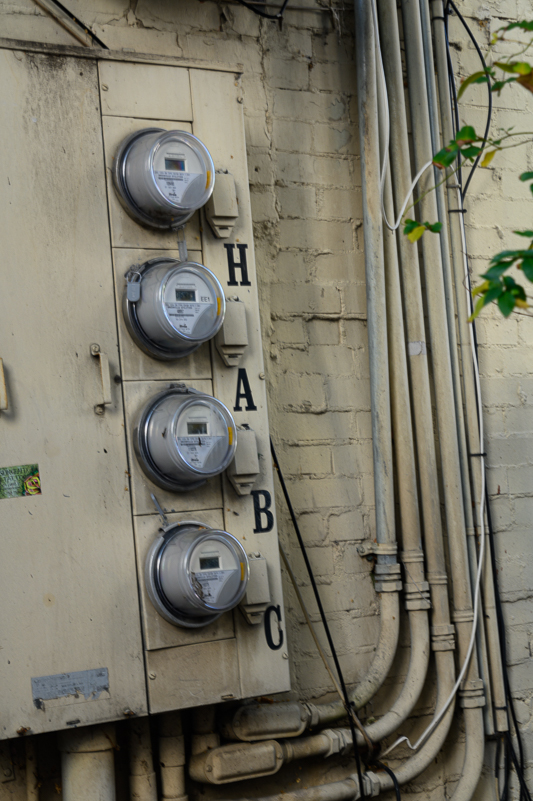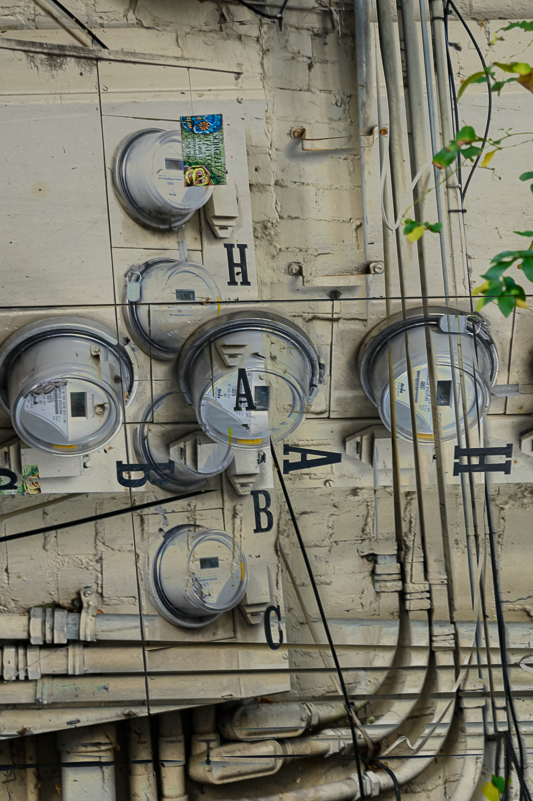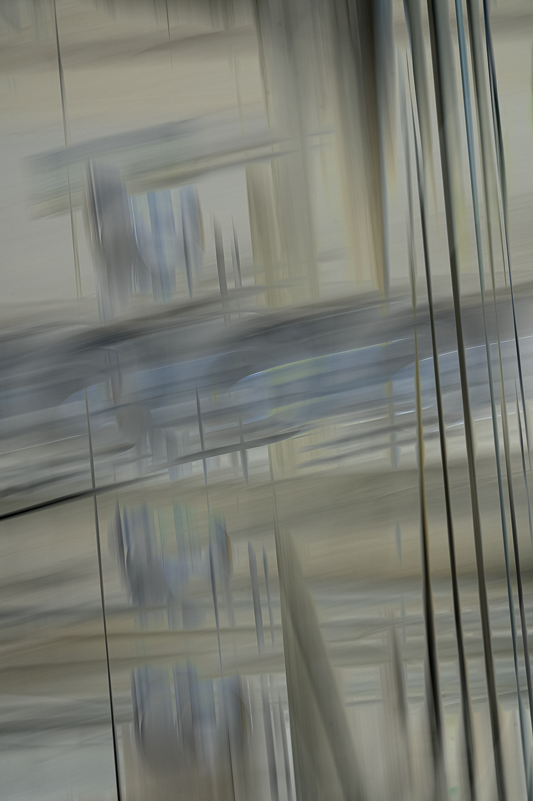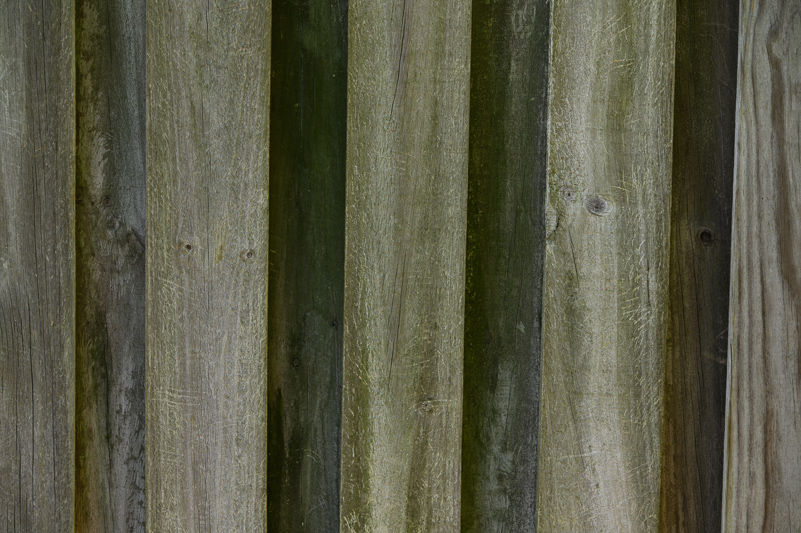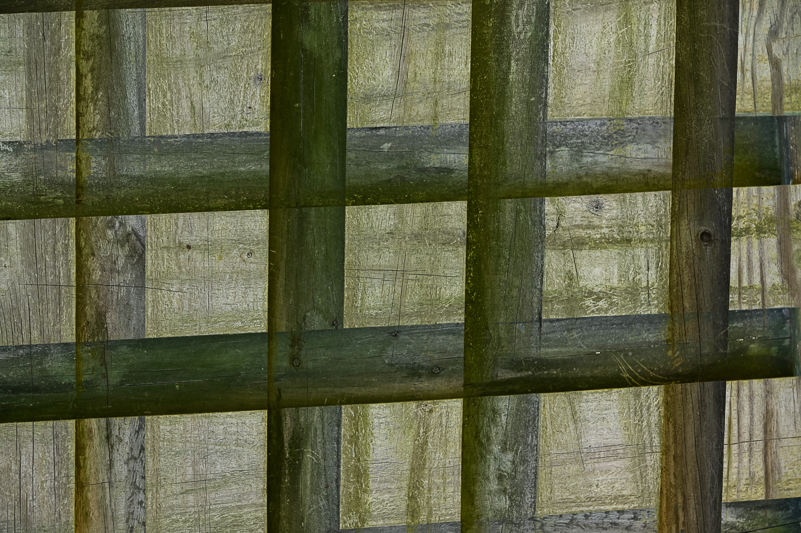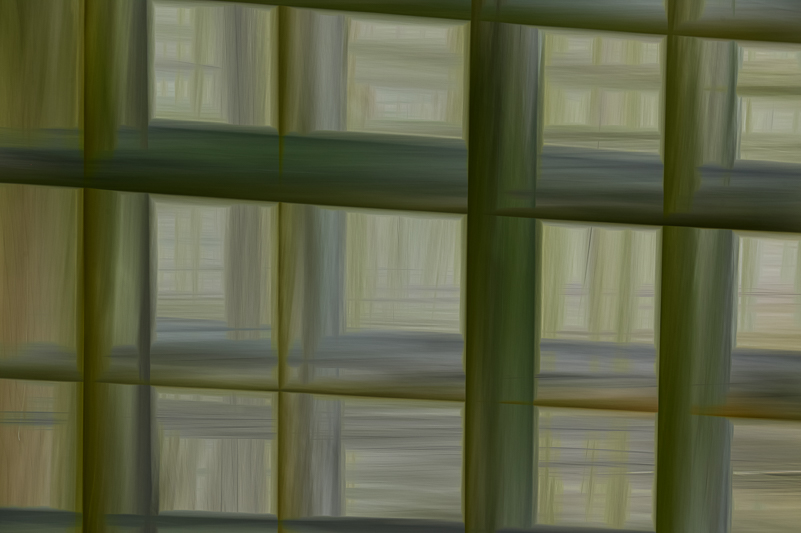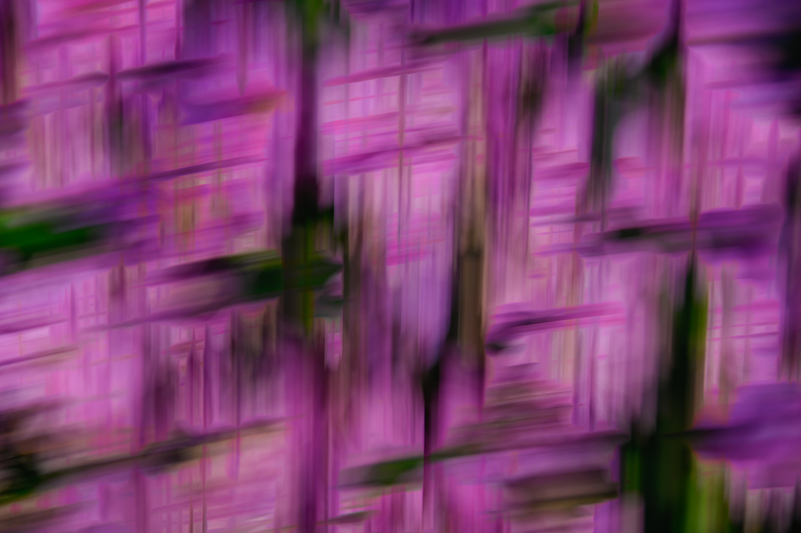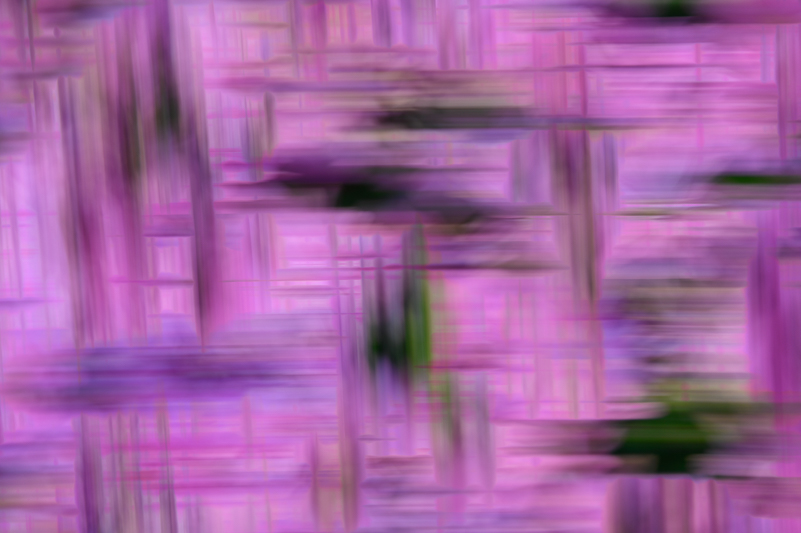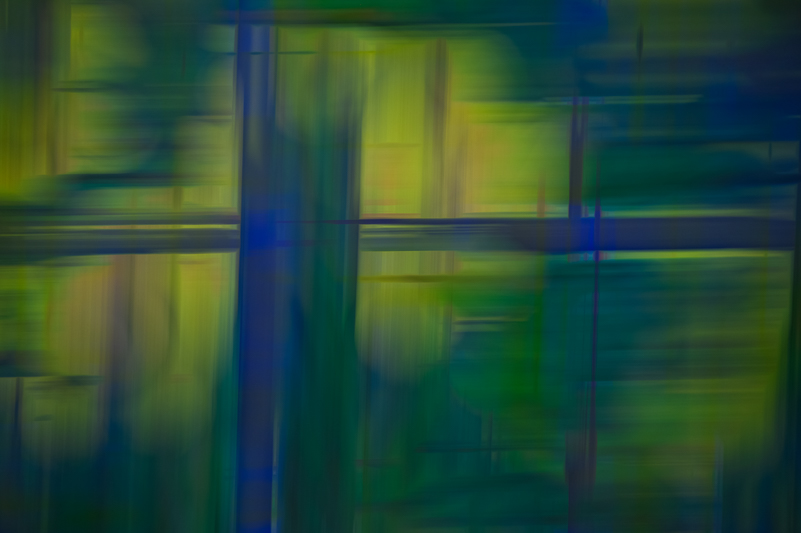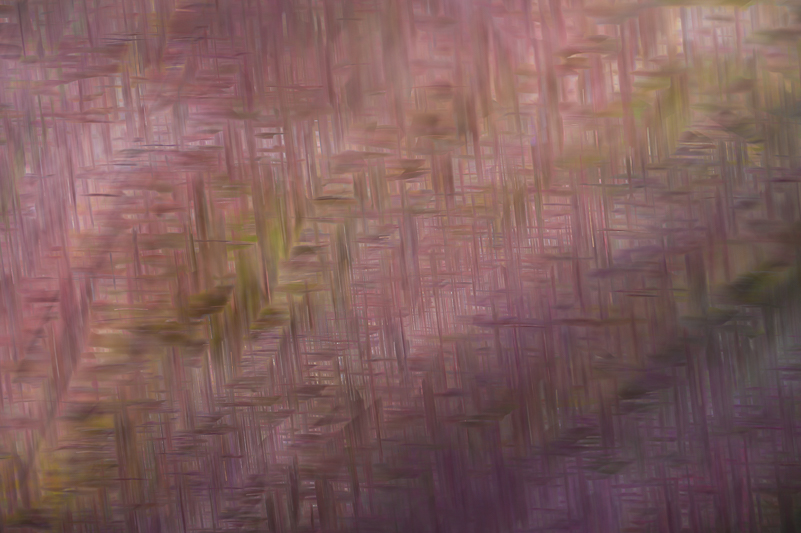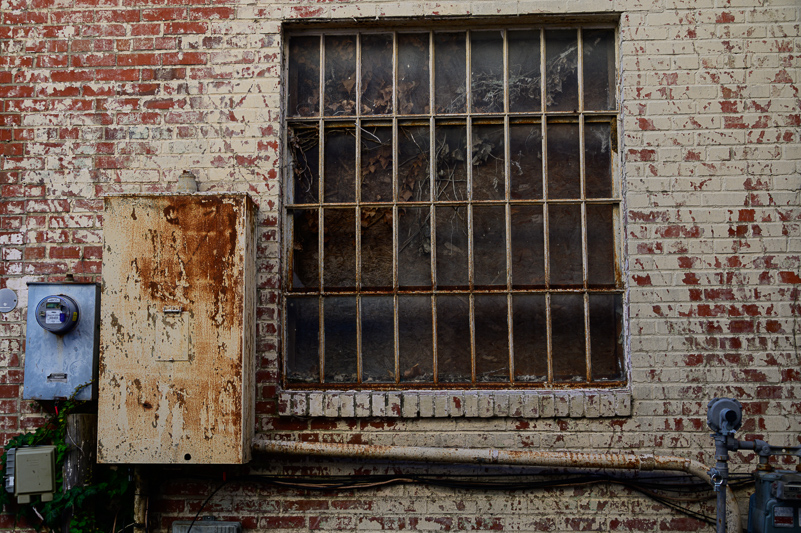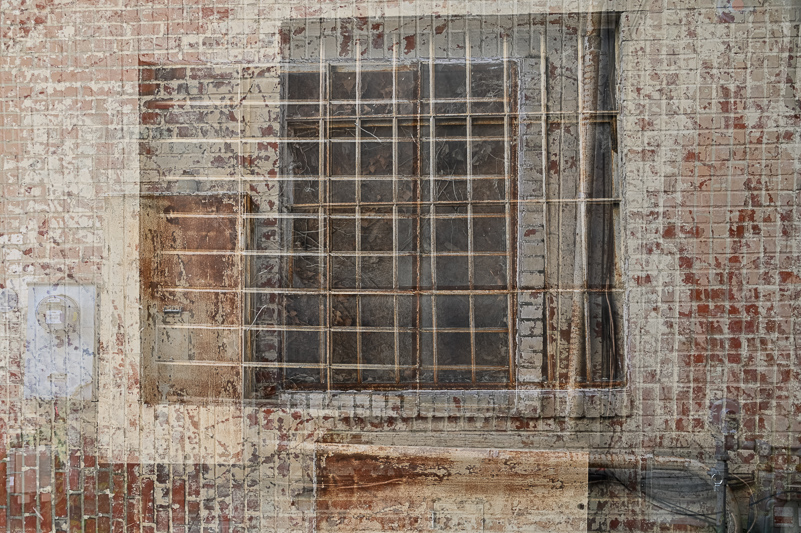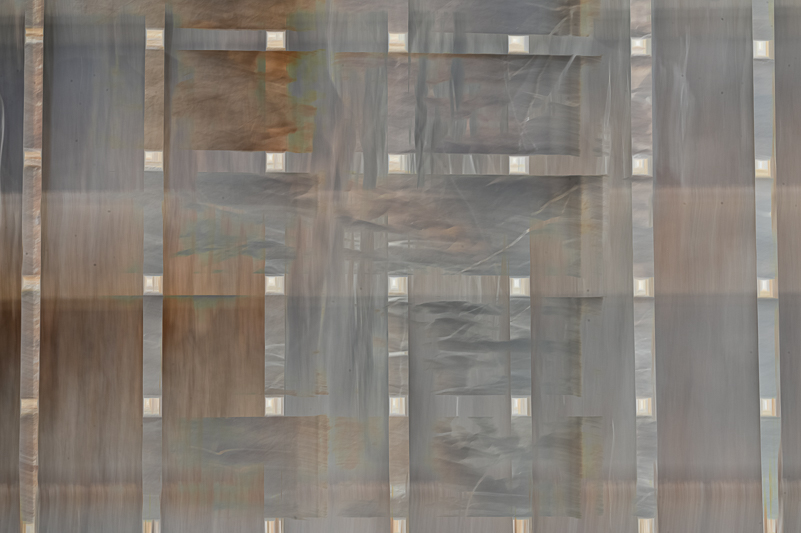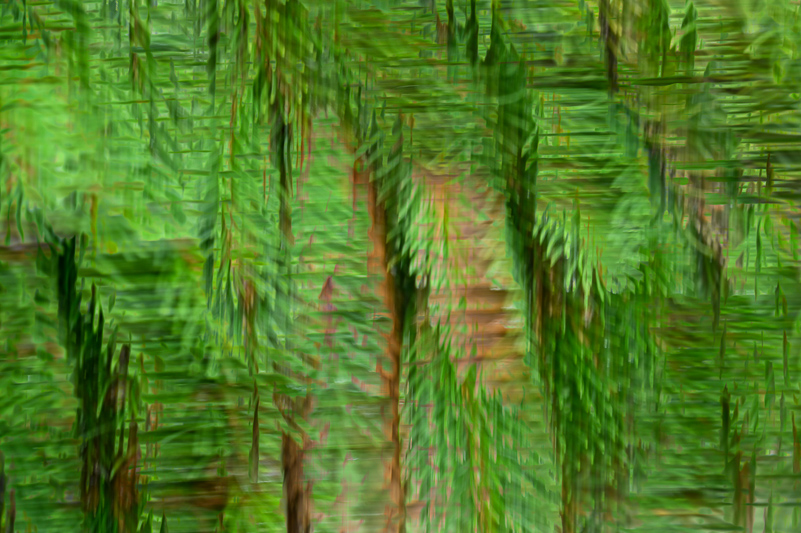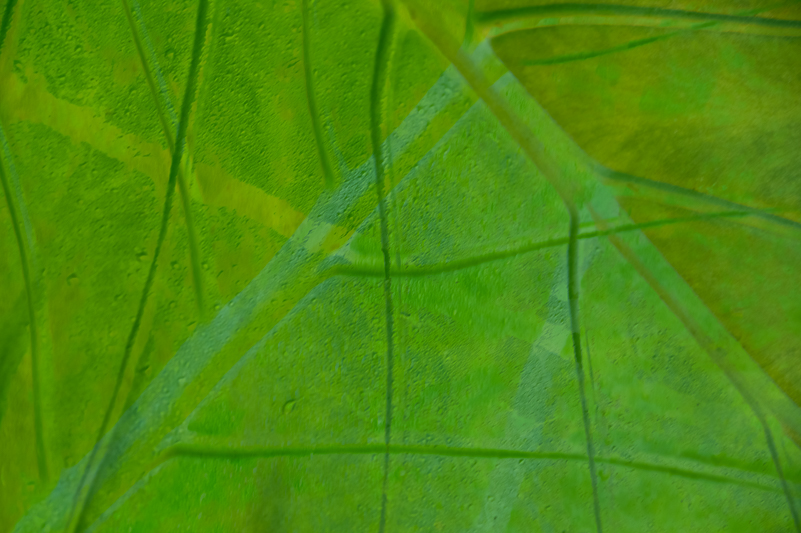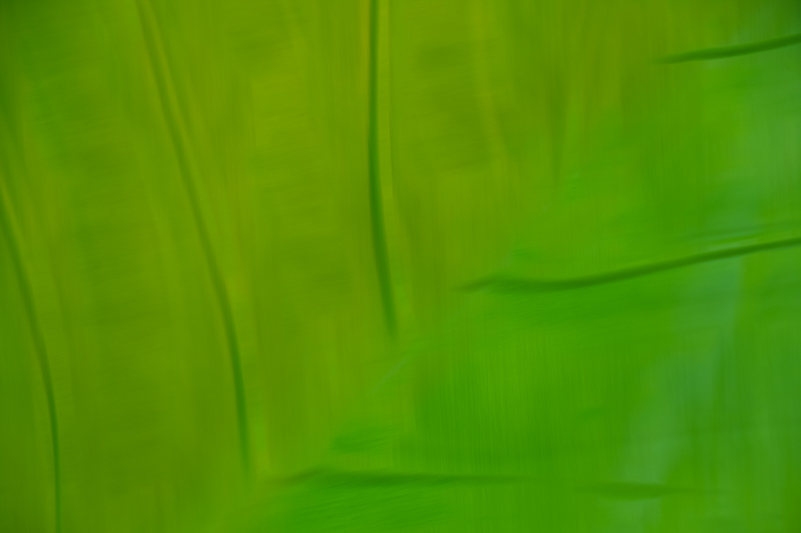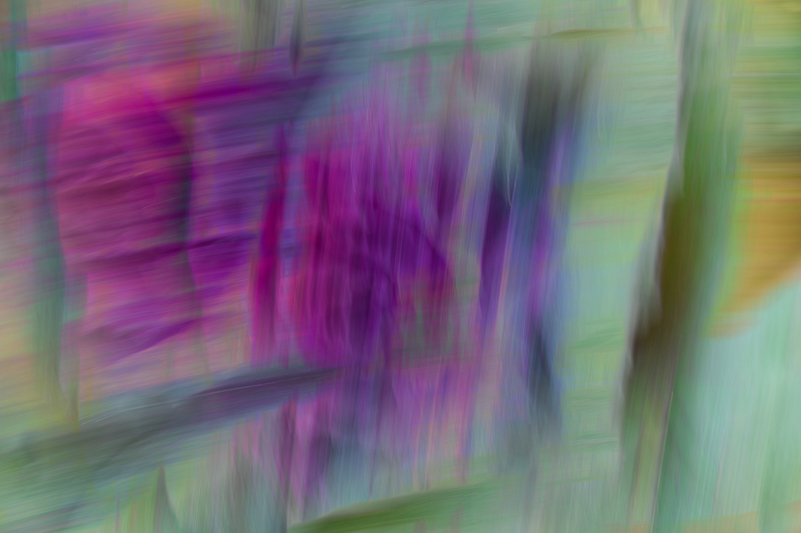Nature uses only the longest threads to weave her patterns, so that each small piece of her fabric reveals the organization of the entire tapestry.
— Richard P. Feynman
There are things you learn only when you’re willing to try something you haven’t done before, when you do things differently from the ways you’ve always done them, and when you are willing to impose limitations in the process. The images shared in this blog are the result of all three. What began as a brief experiment in response to my own question of “what if?”, as well as some inspiration of other photographers I’ve crossed paths with over the last several months, became something more. I am learning different ways to “weave” images with unpredictable but interesting results.
MULTIPLE EXPOSURES IN CAMERA (THEN & NOW)
This technique is not new for me. In fact, I’ve been creating in-camera multiple exposures for almost twenty years, beginning with my first digital camera, Nikon D2x. Way back then, I could create multiple exposures using between 2 and 10 frames, all combined into one image file in camera. It was rare that I used only two frames and much more common that I created designs using from seven to mostly 10 frames. (With one exception, which I corrected quickly, I’ve always had cameras with this option.) What was not available then was the “overlay” mode that appears in many mirrorless cameras that lets you see where you’re placing each subsequent frame during your multiple series. (This is different from the overlay mode mentioned below.)
These days I’m shooting with a Nikon Z6ii mirrorless camera for color and a Z6 for infrared, both of which allow me to shoot up to ten frames in camera with several different options for how the images combine (Overlay Mode – Add, Average, Light & Dark). Typically, I use “average” for the overlay mode, which averages the frames to produce one “good” exposure (meaning the exposure that I choose for the final image). “Average” overlay mode has been my standard. To be honest, I never really did a whole lot of exploring the other modes as what I was doing has worked for me –Until recently … when more than a few photographers shared images – multiples – using mostly the ”Dark” overlay mode.
A CHANGE OF HEART
After writing about my summer drought (Navigating the Drought) with regard to photography, creativity and motivation (or limits in all three), I’m more open to new approaches that get me thinking and doing differently. The “dark” mode was just the thing. At first, the experiments were random and limited to a few shots here and there. Then, I started thinking. First, I thought about how certain photographers are not able to create in-camera multiples with as much freedom as I can. At least one manufacturer doesn’t even have it as an option, and a few others allow only two or three frames before requiring overlay acrobatics to get the job done. It is possible to create an effective multiple exposure in Photoshop, but the visualization and execution in the field needs to be done with intention. This creates a less fluid process for a photographer looking to “stretch” creatively with gear that simply says, “no.”
IMPOSING LIMITATIONS
With this in mind, I decided to cordon off my options and set limits to my in-camera multiples. I set the limit at two and kept to that limit for several series of this experiment. In addition, I set my overlay mode to “Dark,” which means that when the two frames are blended in camera, the dark pixels are given priority. (If you want a more scientific explanation for this, ask Nikon or Canon or your personal IT geek.)
In this experiment, I’ve used nature as one of my subjects – flowers, plants, colors, trees and reflections. I’ve also used fences, buildings and industrial elements. The results are all different, and I’m still trying to discern when this technique works most effectively. So far, it seems to work best when there are either lines, textures or areas of contrast that create patterns when combined. You will learn with each set of images what the starting point was and where this technique led me.
In addition to setting the parameter of two frames and dark overlay mode, I also experimented with combining horizontal and vertical images without motion and the same images using motion. The results, once again, have been interesting, but not necessarily consistent. Can we say that this experiment is a process? Don’t be discouraged if you get a bunch of images that as individuals or combined don’t work. It’s not about creating a continual stream of beautiful images. Rather, this experiment is about playing with possibilities and learning what works for you.
EXPERIENCING THE WEAVE
One thing is for sure, I always learn something new in the process of experimenting. Something I noticed in the images that were created (so far) is that they reminded me of the weaving of fabrics or even weaving with dry brush strokes. So, here are a few weaving terms for you: Warp and Weft. Yup, they are real and specific to weaving, in particular, on a loom. The loom holds the threads that create the shape or foundation for the fabric. Those threads are called the Warp threads. The other threads, the ones that are woven over and under and back and forth are called the Weft threads. The combination of the patterns of over/under and the colors is what creates the final piece. If you want to be fancy, call that final product the tapestry.
In this same process of “weaving” images, I shared one that started with flowers painted on an old window. The pattern created apparently reminded one photographer of “ikat” (pronounced EE-kaht). This is a method of coloring fabric in patterns by resist dyeing and creates an apparent blurriness in the design. The term “ikat” has an Indonesian origin, and the pieces produced can have elaborate and multi-colored patterns. I have more to learn about that process, but am thankful for opportunities to learn and understand relationships among the arts.
I have called this process “image weaving.” I am creating something by combining different subjects with a criss-cross and with motion. With each subject, I had only two opportunities to blend the images. Subjects with lots of design details and patterns seemed to work best, but experimentation with simpler subjects were also fun to play with.
FINAL THOUGHTS
In the end, for now, the resulting images are abstract interpretations of ordinary things. What that means for me is that I will pay more and different attention to those less interesting subjects and play with this technique to see where it takes me creatively. It has also taught me a bit about how to make more from less. Your technique and parameters may vary, along with the results. The end game is simply to see “what happens if I … “. Go ahead and play.
We sleep, but the loom of life never stops, and the pattern which was weaving when the sun went down is weaving when it comes up in the morning.
— Henry Ward Beecher
